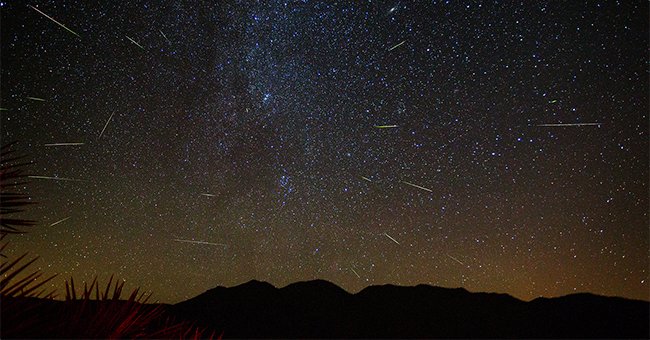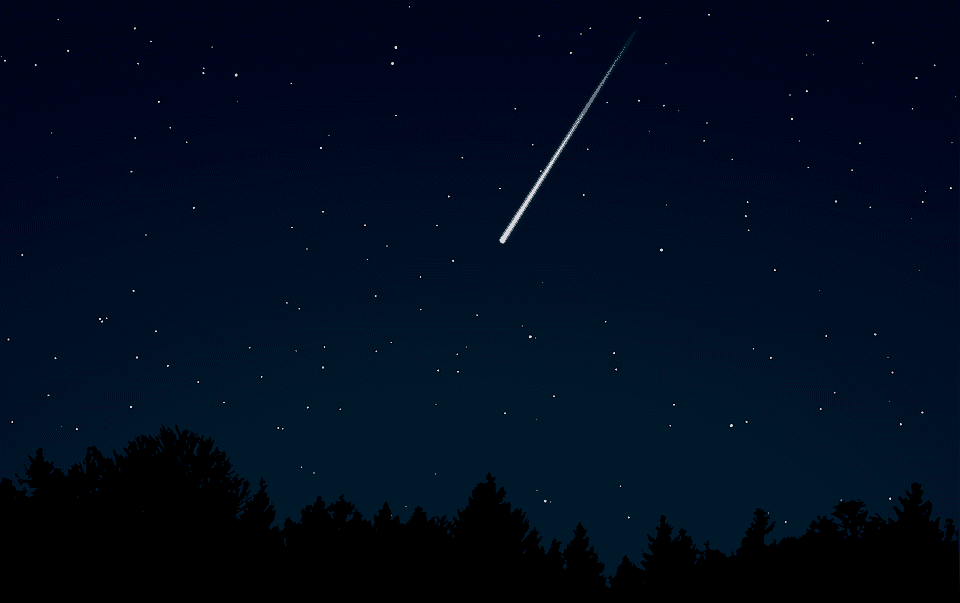
Orionid Meteor Shower to Show up in October Sky — Check Out the Date and Details
An Orionid meteor shower is set to show up and light up the October sky with an array of shooting stars, giving the world an exciting astronomical show.
Undoubtedly, 2020 has been an unusual year, but Astrology and the celestial promises to bring some stability and excitement to the world. For lovers of stargazing, an Orionid meteor shower is set to light up the October sky bringing along with it a stellar production of about 15 shooting stars per hour.
The Orionid meteor shower occurs annually in October, and this year, it will be active from October 2 through to November 7.

A picture of meteor. | Photo: Pixabay
However, its peak period will be on the night of October 21 and 22, when the full moon will be 23% full. This is great news for viewers as this means the moon will be in its waxing crescent phase, and its light won’t obstruct the viewing of the shooting stars.
The Orionid meteor shower isn’t the only celestial wonder the autumn nights of October.
This unique astronomical event happens when the Earth passes through the trail of Halley’s Comet, and speckles of major celestial bodies enter into our atmosphere as meteorites. The Orionid meteor shower gets its name because it originates from a point near the constellation Orion.
While the Orionid meteor shower isn’t as spectacular as other meteor showers, which produce up to about 70 shooting stars per hour, it makes up for it by leaving a trail in the sky, which can last for up to a minute.
To catch the thrilling astronomical show, you don’t need to use telescopes as your human eyes can take in all the beauty. Before viewing, it is advised to sit outside for at least 15-20 minutes o make your eyes adjust to the light and then look up to the Betelgeuse star in the Orion constellation.
Also, the best time for viewing is between midnight and dawn, so that the dark sky would help make the sight more enjoyable. The Orionid meteor shower isn’t the only celestial wonder the autumn nights of October as there would be an occurrence of two full moons and other extraordinary events.
There will be a Harvest Moon on October 1 and a Mars Opposition on October 13. A Mars Opposition occurs when the Red Planet outshines all other planets, and for Earth, this will happen when Mars is at the point in its orbit when it is nearest.
The month then promises to cap it up with a Halloween treat as a full moon will appear on October 31 night for the first time in almost two decades. Since it is the second full moon of the month, it is called the Blue Moon.
The world will reportedly not see another Blue Moon until Haloween 2039. While we wait for it, this year's Blue Moon promises to add some extra spook, making the holiday memorable.
